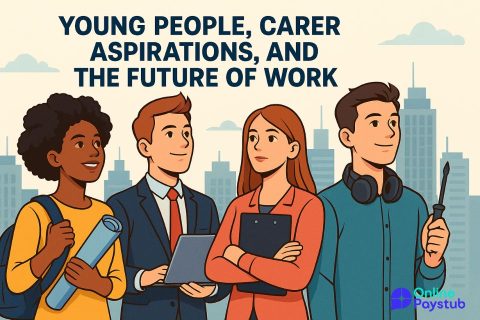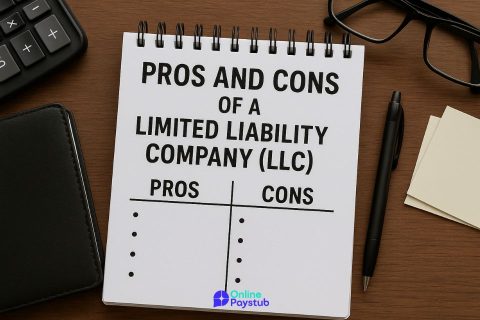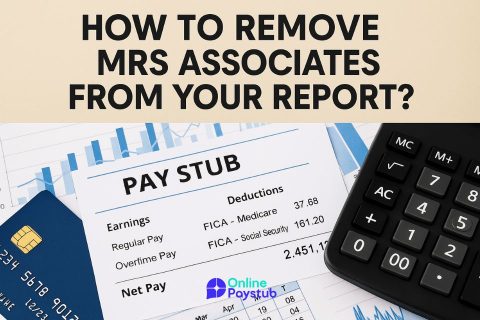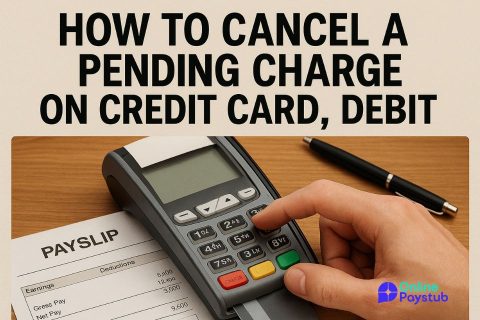A poverty mindset is a deeply rooted belief system that centers around scarcity, lack, and limitation regardless of a person’s actual financial situation. It often manifests in how individuals view money, success, opportunity, and self-worth.
People with a poverty mindset might think:
- “I’ll never have enough.”
- “People like me don’t succeed.”
- “Money is evil or only for the lucky.”
This way of thinking becomes a mental barrier that can keep someone stuck in cycles of financial struggle, even when external conditions improve.
Importantly, the poverty mindset is not about how much money you have, but about how you think and feel about yourself and your possibilities.
Signs You May Have a Poverty Mindset
Recognizing a poverty mindset is the first step to overcoming it. Here are some common indicators:
- Scarcity thinking: Believing there’s never enough time, money, or opportunity.
- Fear-based decisions: Avoiding growth due to fear of failure, loss, or judgment.
- Low financial confidence: Feeling overwhelmed by budgeting or avoiding money conversations.
- Jealousy or resentment: Viewing others’ success as a threat or injustice.
- Short-term focus: Prioritizing instant gratification over long-term stability.
- Belief that success is for others: Internalizing the idea that “people like me” can’t break out.
If you find yourself constantly anxious, defensive, or resigned when it comes to money and success, these are strong signals that mindset not income—may be the limiting factor.
Root Causes of a Poverty Mentality
A poverty mentality doesn’t emerge overnight. It’s often the result of long-term exposure to emotional, social, or financial limitations.
Common root causes include:
- Upbringing: Childhoods shaped by survival-mode parenting, lack of financial literacy, or constant “we can’t afford that” messaging.
- Cultural narratives: Beliefs passed down from community or society that equate suffering with morality or success with greed.
- Generational trauma: Patterns of lack and self-limitation passed unconsciously from one generation to the next.
- Personal failure or trauma: Bankruptcy, job loss, or rejection may create internalized fear and hopelessness.
Without intentional healing and mindset work, these early influences form subconscious scripts that guide adult behavior—even in times of abundance.
8 Steps for Breaking Free from a Poverty Mindset
Breaking the poverty mindset requires both inner transformation and practical action. Here are eight steps to start that journey:
- Identify the lies
Examine core beliefs like “I’m not good with money” or “Success is for others.” - Choose a new identity
See yourself as capable, worthy, and designed to thrive—not just survive. - Practice self-love and self-discipline
Treat yourself with compassion, but hold yourself accountable to grow. - Renew your mindset daily
Feed your mind with empowering books, affirmations, podcasts, and conversations. - Take small action consistently
Whether it’s saving $5 or applying for a better job, momentum builds mindset. - Surround yourself with growth-minded people
Who you talk to shapes what you believe is possible. - Detach from shame and guilt
Your past does not define your worth or future. - Invest in yourself
Education, coaching, and skill-building are tools—not luxuries.
Mindset Shifts for Personal and Financial Growth
To truly escape a poverty mentality, you must shift your entire framework of thinking:
- From scarcity to abundance: Believe there’s enough to go around, and you deserve your share.
- From fear to faith: Replace “What if I fail?” with “What if I succeed?”
- From control to trust: Learn to delegate, invest, and take strategic risks.
- From reaction to vision: Start planning for where you’re going—not just reacting to where you are.
These shifts may sound simple, but repeated practice rewires your beliefs and shapes the reality you live in.
How Environment and Relationships Influence Your Mindset
The people, spaces, and messages around you either reinforce your poverty mindset or help you break free from it.
Key influences:
- Toxic environments: Normalize struggle, gossip, and low expectations.
- Empowering environments: Challenge you, support your dreams, model success.
- Media and content: News, music, social media—all program your internal narrative.
- Friend and family dynamics: Some relationships may need distance if they resist your growth.
Sometimes, you have to leave your current environment—mentally or physically—to grow into a new one.
Real Stories of Overcoming the Poverty Mindset
Transformation is possible. Here are common themes from real journeys of those who broke free:
- From paycheck-to-paycheck to investor: Learning budgeting, then using income to build passive wealth.
- From survival jobs to calling: Quitting “safe” work to pursue a purpose-driven career.
- From shame to confidence: Healing childhood wounds around money and stepping into leadership roles.
- From stuck to scaling: Launching small businesses and growing them with the help of mentors.
These stories prove that the poverty mindset is not permanent it’s a pattern that can be replaced with purpose, prosperity, and possibility.




No comments to show.